Text
G'Day
We've made a Shovel and Gumby web site. Head to shovelandgumby.com for more of our adventures.
1 note
·
View note
Photo
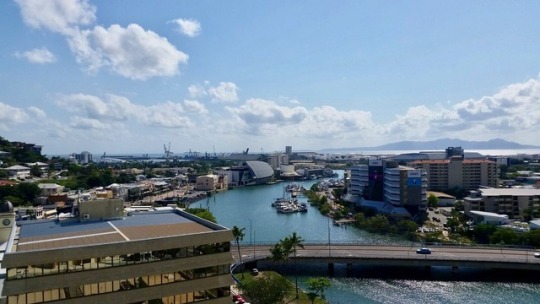
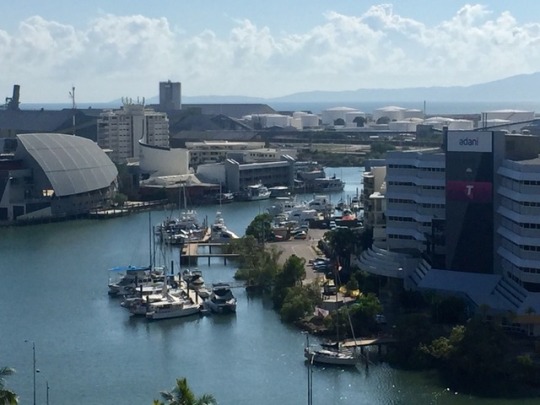

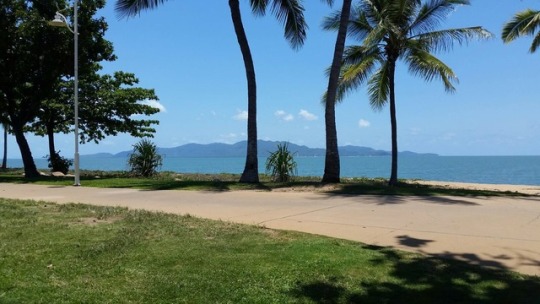
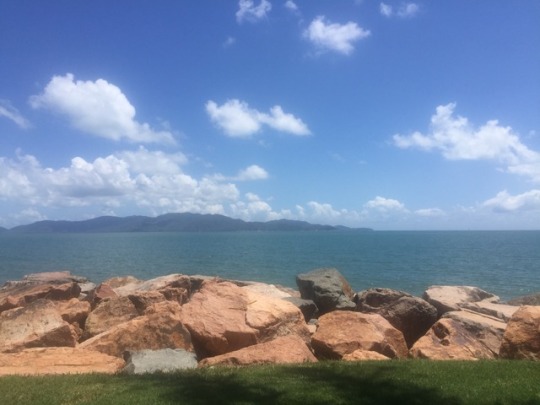
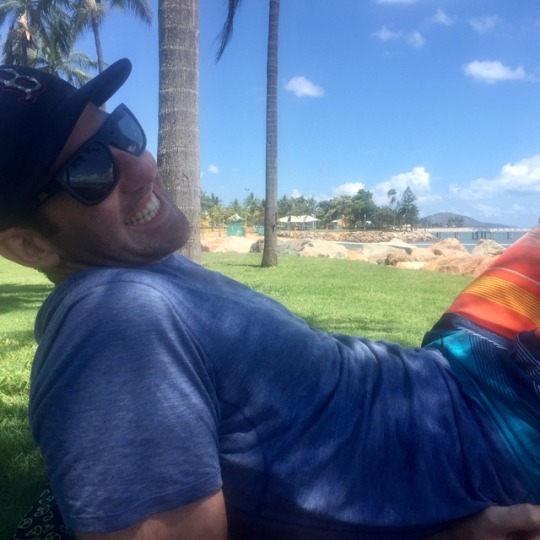
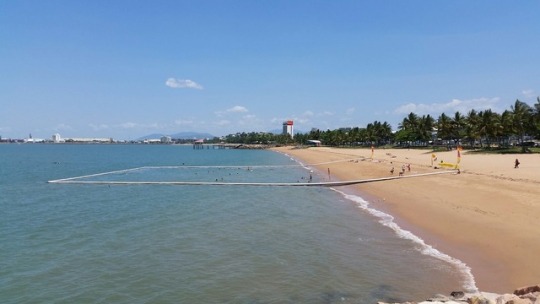
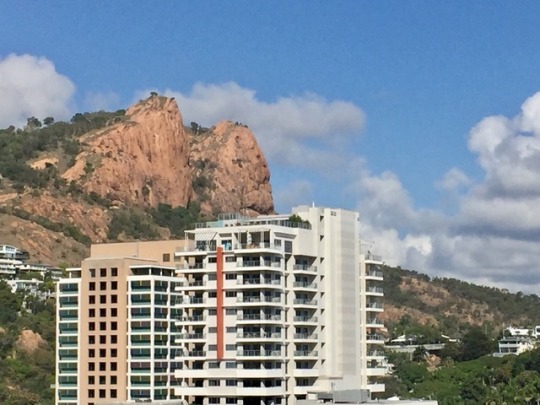
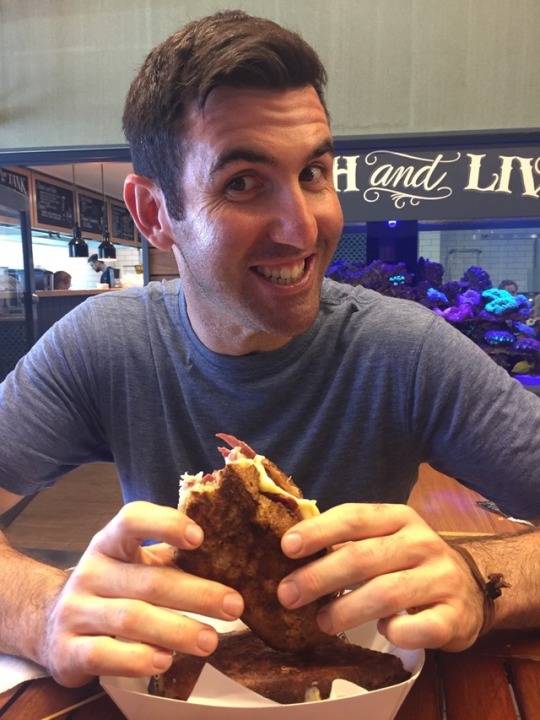

November 2017 - Townsville - A solid 10 hour drive from Mount Isa leads us to a beach and great food, things we have been craving for a while. This place with beach and great food is called Townsville, which was discovered in 1864. Townsville was founded by 2 workers from Woodstock who were sent on a journey to find a suitable area for a shipping port, which then become a hub for exporting some of Australia's richest resources. Entrepreneur and businessman, Robert Towns provided financial assistance to the development of the town, therefore being named Townsville in his honour. Townsville faced more changes and development over the years, world war 2 transformed the town into a military hub to defend attacks from the Japanese. The sugar and mining industry has also played a big part in Townsville's growth today making it home to 190000 people. We stayed at the well locally known "Sugar Shaker", one of Townsville's iconic architectures, it stands 76 metres high with 23 floors. It was built on the old Grand Central Hotel which was cleared in 1973 and began construction in 1976. It's unusual design was influenced by the thriving sugar industry in the region. Staying there was a blast, we relaxed and enjoyed lots of amazing food and inhaled as much sea breeze as we could.🌴🌊
1 note
·
View note
Photo

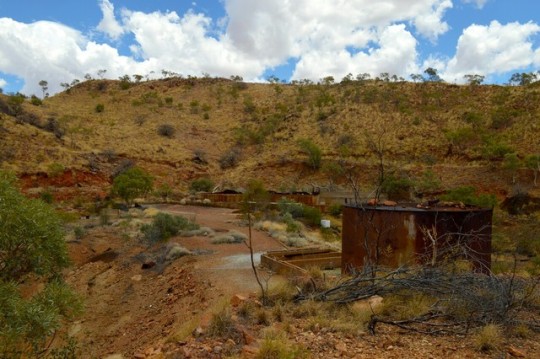
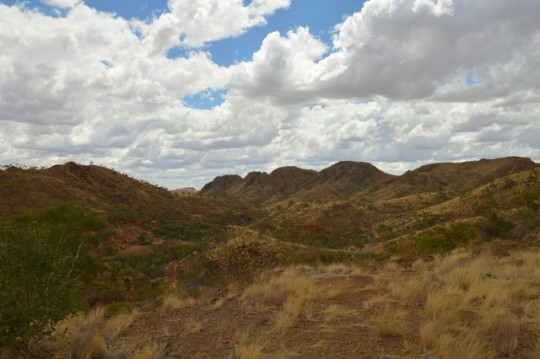
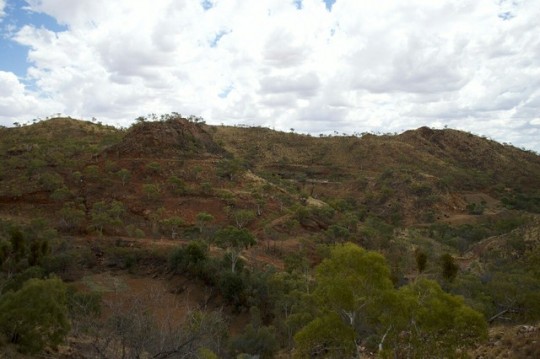
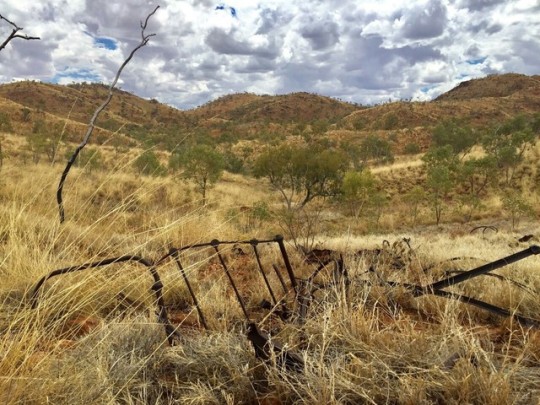
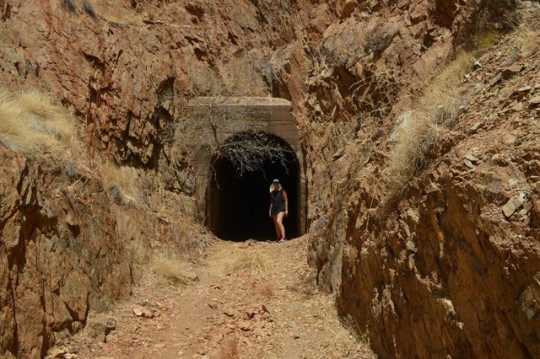
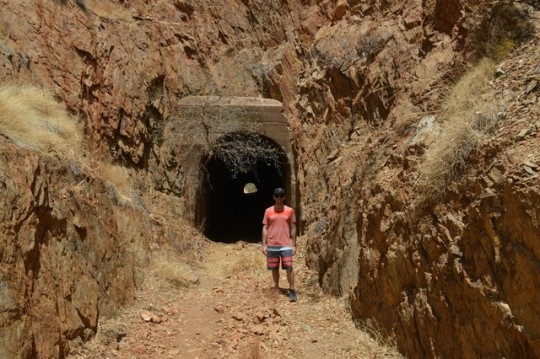
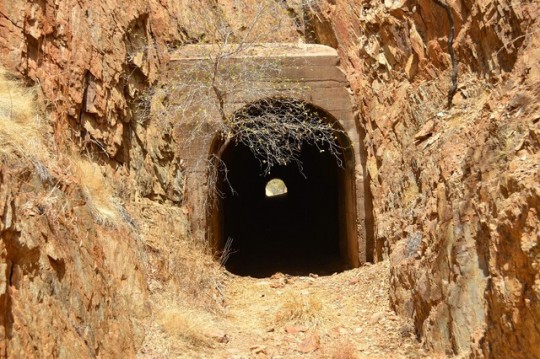

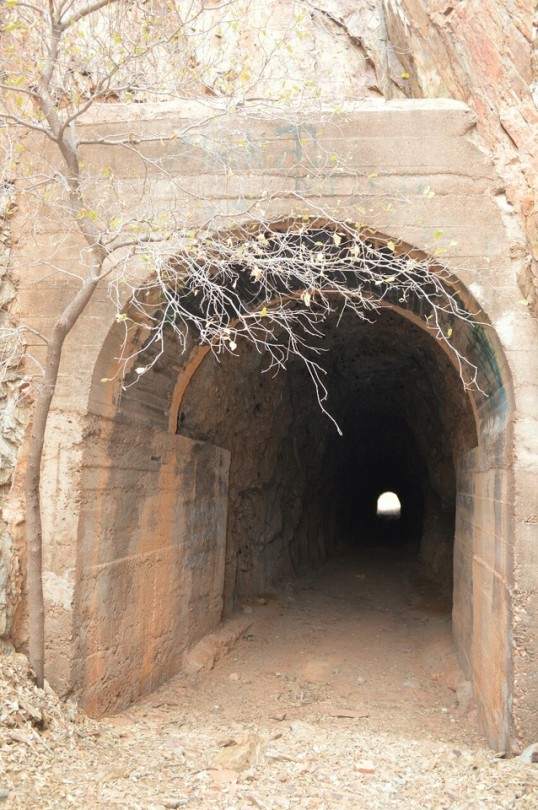
October 2017 - WeeMacgregor Mine (Back of the Rail Tunnel) - Today we journeyed back to an old destination to conclude our curiousity of how this unique mine joins from Hightville to the mine site. We thought the best way to take it all in is walk from a dry river bed short of Hightville to the opposite (western) side of the rail tunnel, this took us through the range (claimed a few cars), WeeMacgregor mine and along the old rail track that meets with the tunnel. The terrain is harsh through the range, broken automotive glass on the trail reminds us of why we left Cherry (our car) behind. The varying levels of heat gave us a fair idea that work was tough and life was short out here. Concrete slabs and an open pass are the remains of the WeeMacgregor mine site, the narrow track continues through another hill which led us to the other side of the rail tunnel. It was a pretty exciting moment for the Shovel and Gumby to put the pieces of the WeeMacgregor historical mining masterpiece together.
1 note
·
View note
Photo
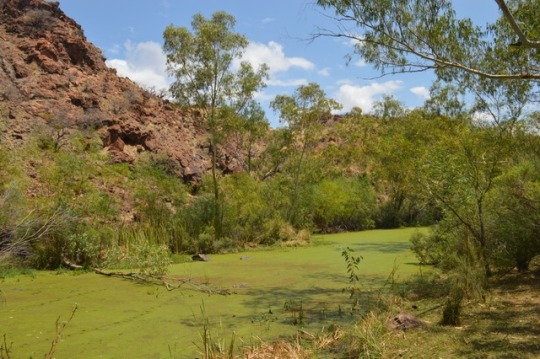
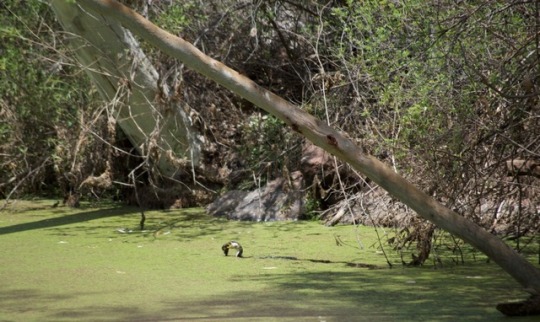
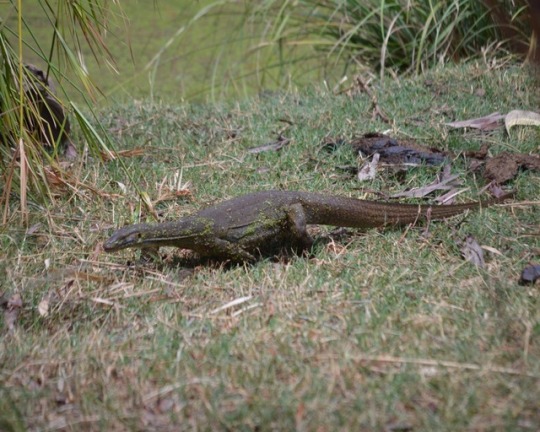
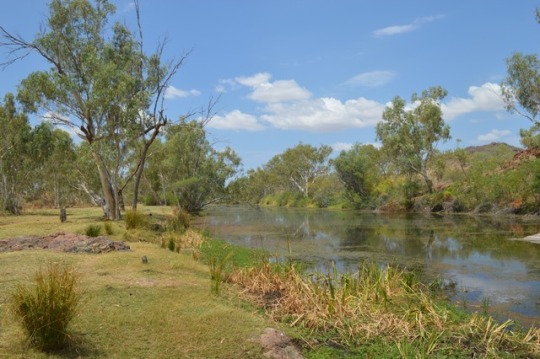

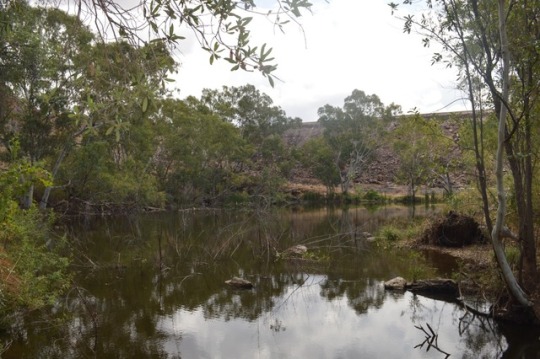
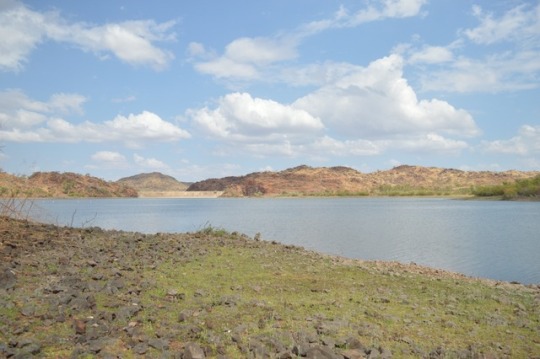
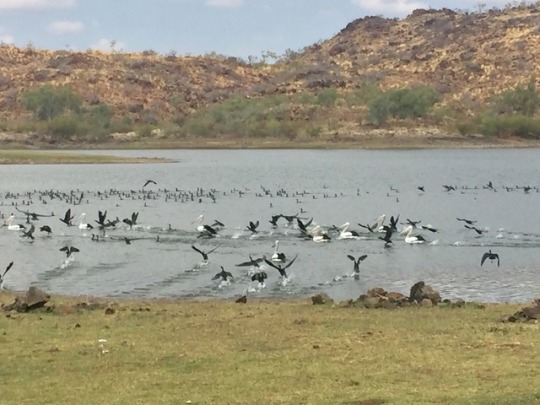

October 2017 - Clem Walton Park
Constructed in the 1960’s to service the Uranium mine and township of Mary Kathleen, Corella Dam feed by the Corella River is now home to an array of birds, reptiles, and grey nomads, although thankfully not too many of the latter at this time of year. The main camping area was named after one of the founders of Mary Kathleen, Clem Walton. The mine completely closed in 1982 with the town buildings being auctioned and dismantled in 1983. It appears you could once walk along the Dam wall, but this is now fenced, so we could only view from a distance. Shovel and I had a beautiful day exploring the area and lunched sitting in the back of Cherry over looking the river.
1 note
·
View note
Photo

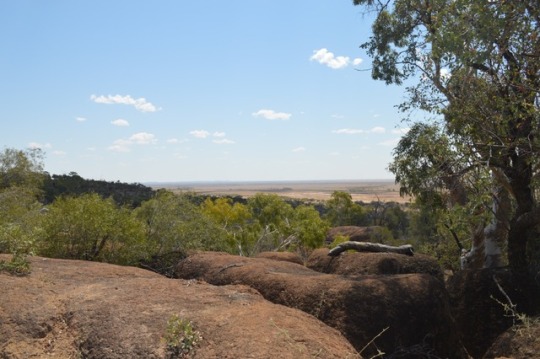
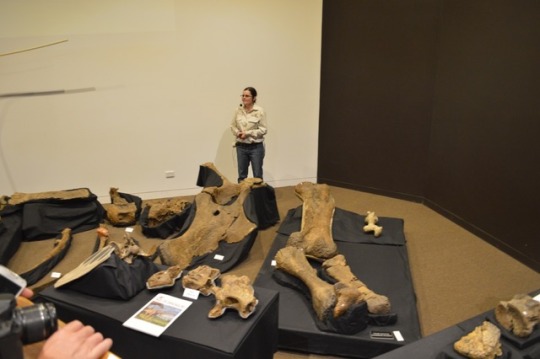
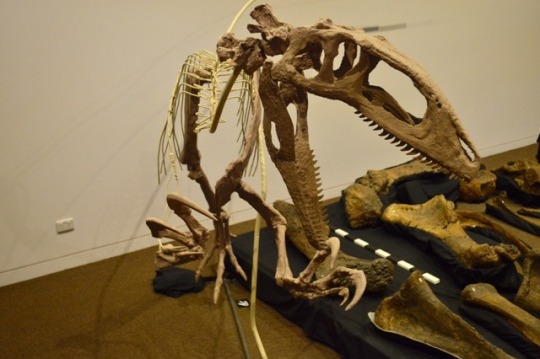

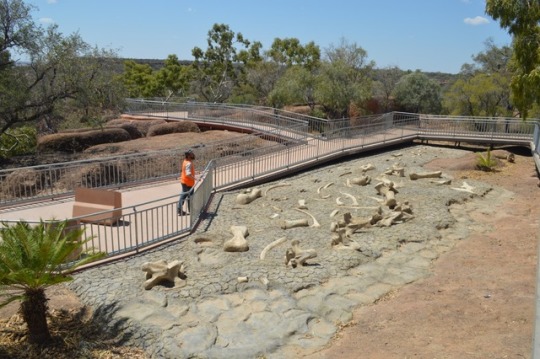
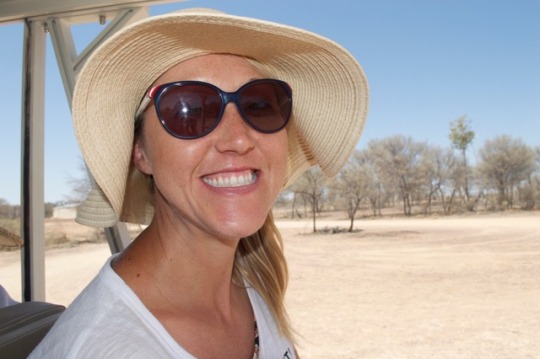

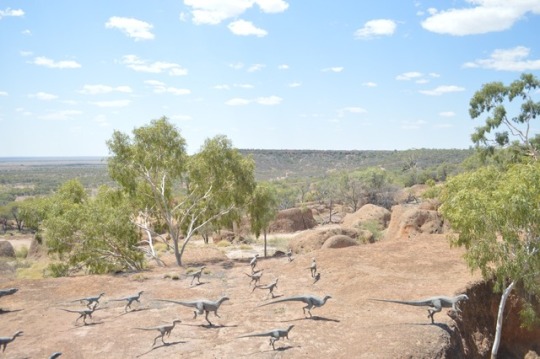

September 2017 - Australian Age of the Dinosaurs
Visitors are also treated to a tour of a temperature controlled dinosaur fossil display exhibiting bones that are said to be over 90 million years old and are bloody huge!!! During this era the land was lush with thick green forests and running springs, since then the earth has slowly dried and eroded, exposing what are now referred to as ‘Jump-Ups’ The dinosaurs on display are the “Australovenator wintonensis, nicknamed “Banjo”, as well as Australia’s most complete sauropod Diamantinasaurus matildae, nicknamed “Matilda” and Savannasaurus elliottorum “Wade”.“ Researchers believe many sauropods met an untimely demise getting stuck in mud and due to their size where unable to free themselves leading to starvation. The tour continues with a 2km buggy journey over the top of the ‘Jump-Up’ to marvel at spectacular views of the area and admire impressionist sculptures of dinosaurs in scenes depicting how it might have been all those millions of years ago.
1 note
·
View note
Photo
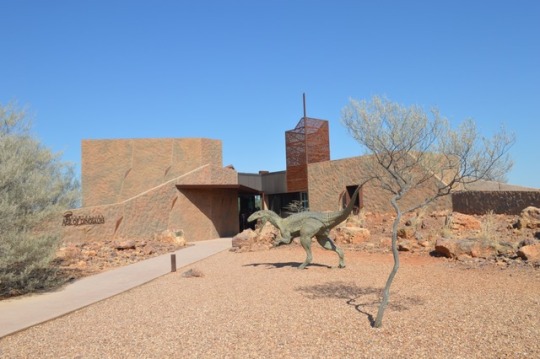

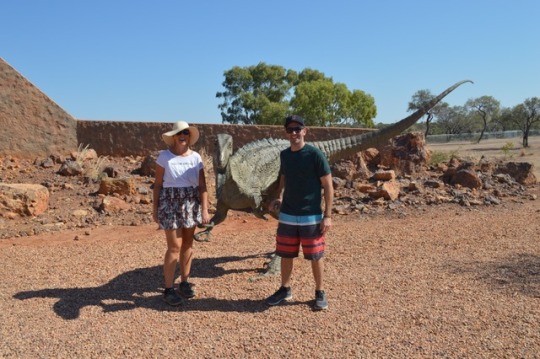

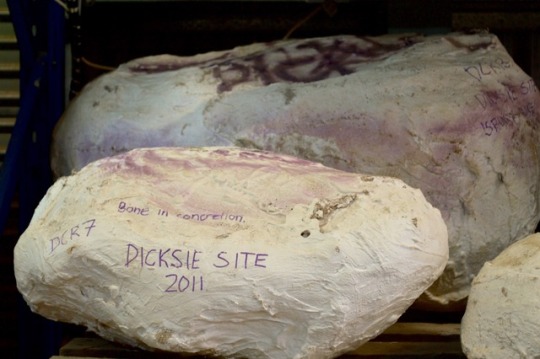
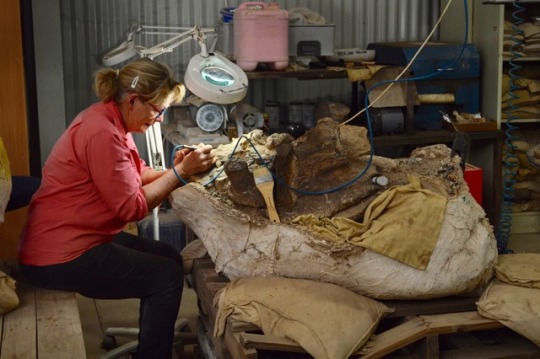

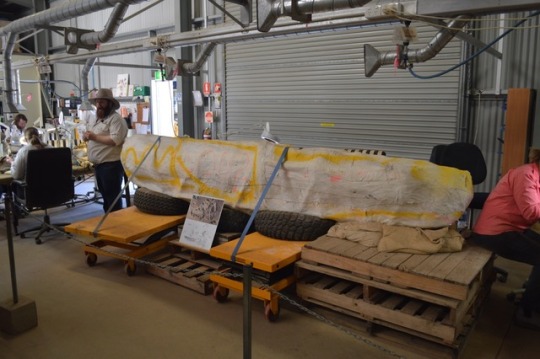
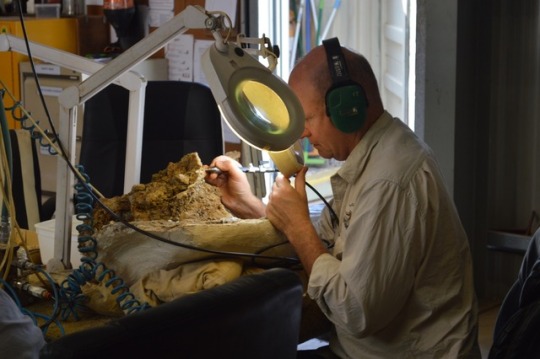
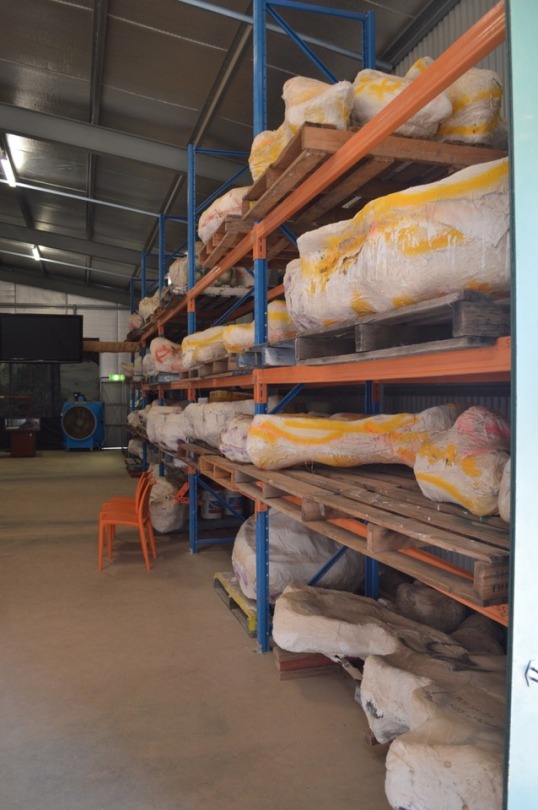
September 2017 - Australian Age of the Dinosaurs
In 1999 David Elliott whilst mustering sheep on his property, Belmont approximately 80kms out of Winton, literally stumbled upon the femur bone of an Australian dinosaur. Knowing it was too good of an opportunity to pass up in 2003 The Australian Age of the Dinosaurs was born. Since then the museum has evolved, into the world’s largest collection of Australian dinosaur fossils, relocating to its current site only a stone’s through out of Winton called ‘The Jump-Up’ due to the nature of its geographical location. As part of a guided tour you get the opportunity to visit the Laboratory where eager volunteers unwrap entombed specimen and scrape dirt from bones millions of years old. One bone in particular had been worked on for two years already when we saw it and was certainly no where near being completed. Great work if you have the patience. Fascinating all the same.
1 note
·
View note
Photo



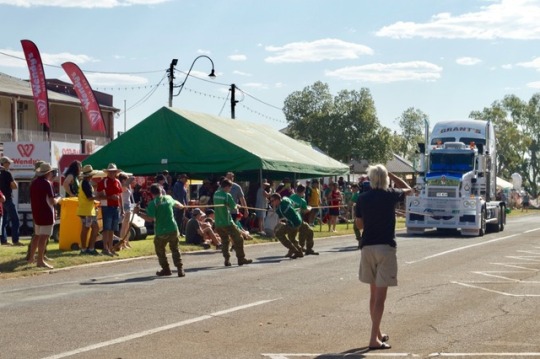
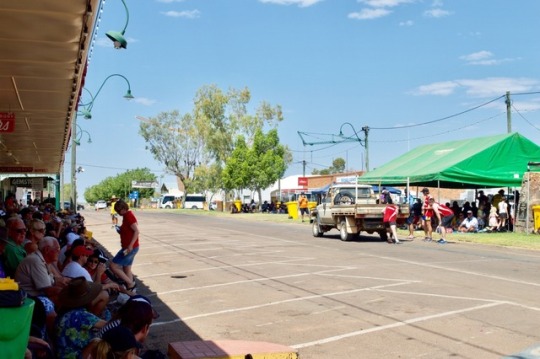
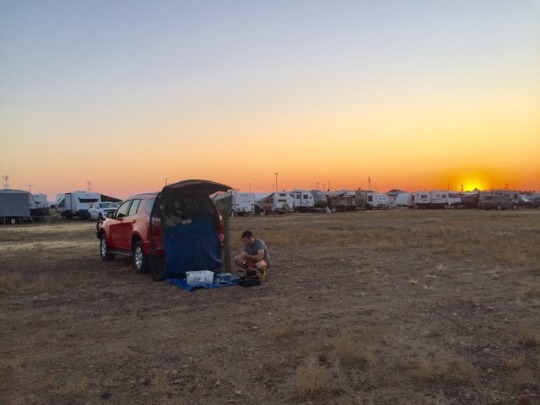
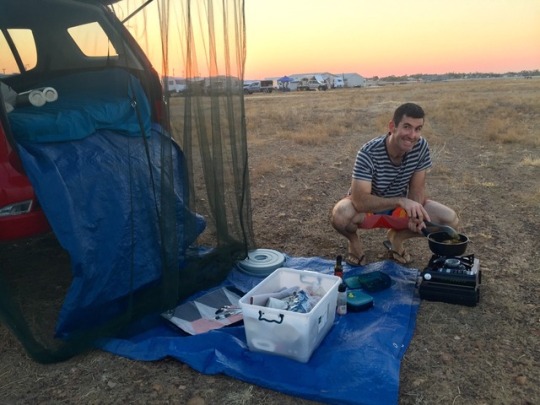
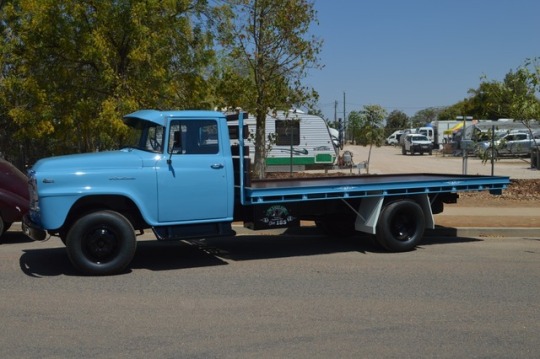
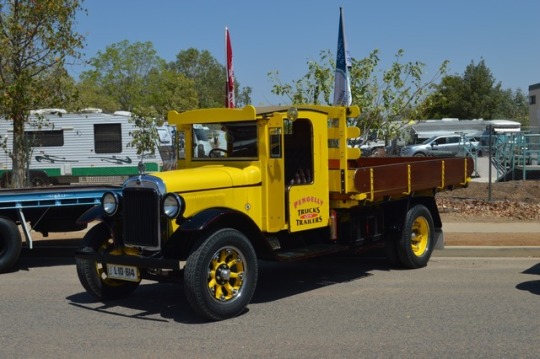
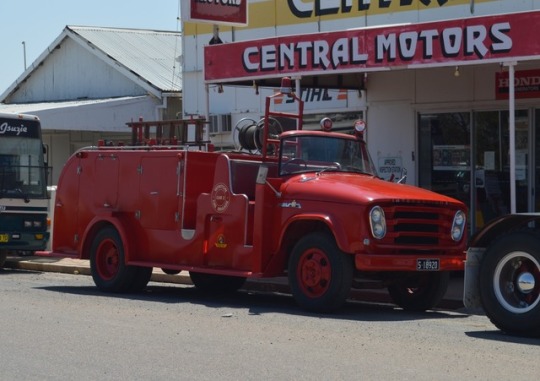
September 2017 - Outback Festival - Winton
Held over five days every two years the Outback Festival is loaded with activities, entertainment and all things Outback. Shovel and I went to a Bush Poet's breakfast where we were treated to the humours wit of Ray Essery, Neil McArthur and Marco Gliori. Were mystified by an impromptu performance by Mount Isa born Didgeridoo Master William Barton. Watched colourful (apparently it's just food dye) chickens race around a track winning money for auction winning punters and charity and marvelled at young people whip cracking and iron men and women contestants pulling a truck and pushing a ute. We slept in the back of Cherry at the local racetrack and were woken by beautiful sunrises, hopping kangaroos and galloping horses. We dined at the stunning Art Deco styled North Gregory Hotel with artistic glass carvings by Daphne Mayo and a hydroponic vegetable garden. Winton is an outback opal (pun intended) and we had a beautiful few days admiring the town and enjoying the festivities.
1 note
·
View note
Photo



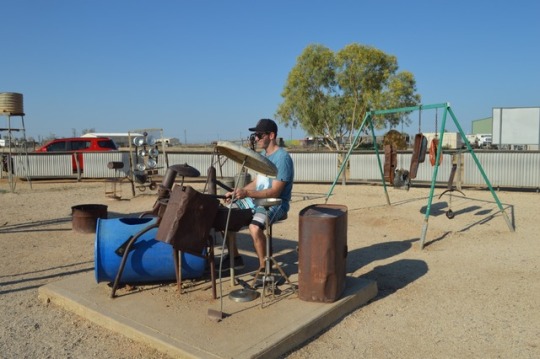
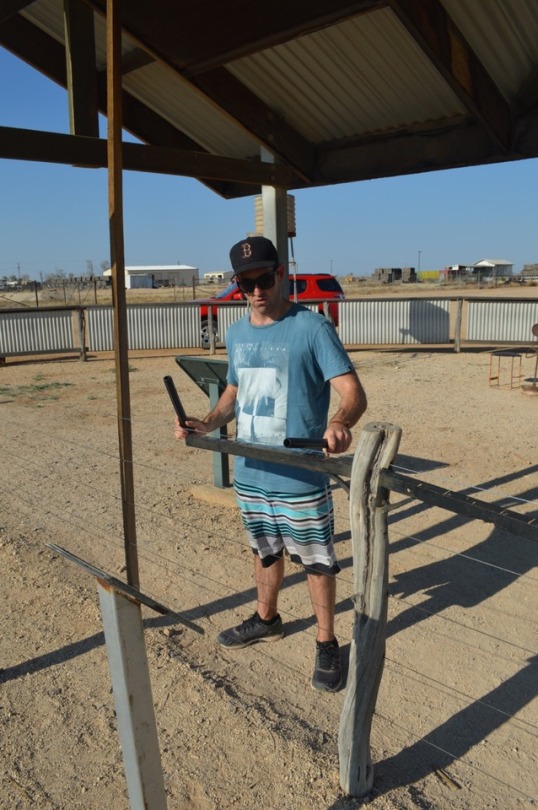



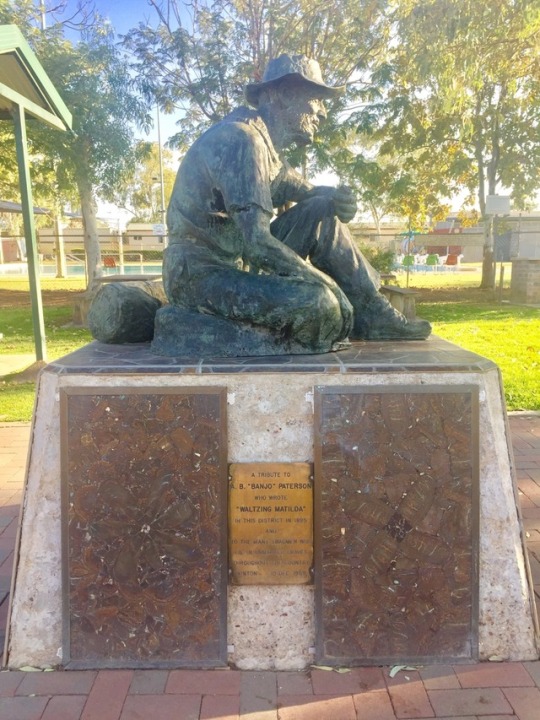
September 2017 - Winton, Outback Queensland - Famous for Dinosaurs, Opal Fossicking, Qantas, a Musical Fence and ‘Waltzing Matilda’
It is said Qantas was conceived in Cloncurry, born in Winton in 1920 and raised in Longreach.
It is said the first ever live rendition of Australia’s adopted National Anthem, by A.B. ‘Banjo' Paterson, 'Waltzing Matilda’ was held at the Art Deco inspired North Gregory Hotel in 1895. Although this is hotly contested by The Blue Heeler Hotel in Kynuna, about 160kms North West of Winton that claims to be the site of the poem’s first ever performance. Either way if it were in Winton it wouldn’t have been in the hotel’s current iconic establishment as this is the hotel’s fourth in carnation with previous buildings succumbing to fire.
It is said musician Gotye visited the Musical Fence whilst on tour and prior to making the bigtime with the hit 'Somebody that I Use to Know’ added samples of recordings made at the Fence in his song 'Eyes Wide Open.’
It is said Louisa Lynett one of the first residents of Winton (gazetted in 1879) insisted the streets be widened to accommodate wagon and coaches giving them the ability to easily turn around. Louisa and her husband Thomas are buried in the Winton Cemetery with fellow residents William Butch Edward Hindom a 'Rat of Tobruk’ and Frank Page. Butch and Frank were taken prisoner by the Germans in 1942 and forced to complete hard labour. Frank escaped in 1943 and Butch went on to survive in the P.O.W. camp, which was liberated by American forces in 1945. Both men returned to Winton with Butch living to age 85, passing away in 1999. It is said Frank was one of the only aboriginals to make a successful escape during WW2. Both men and the Lynetts are buried in the cemetery with Dr. William David Bowkett who passed in 1903 and was known for inventing one of the first self-registering thermometers.
1 note
·
View note
Photo

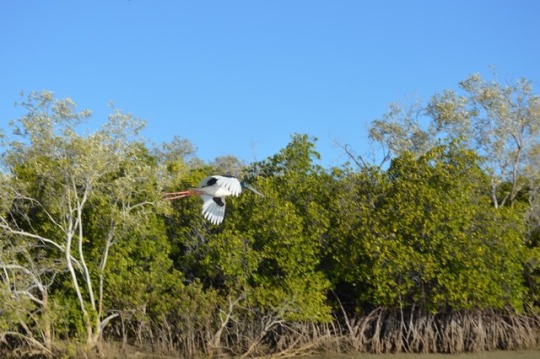


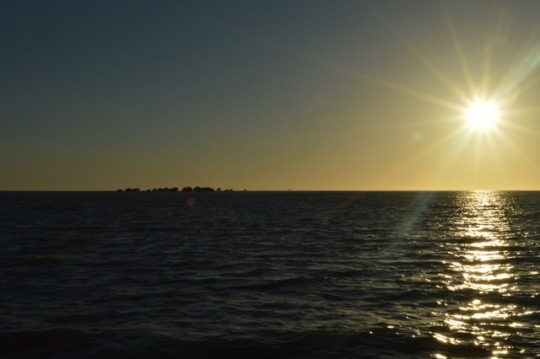
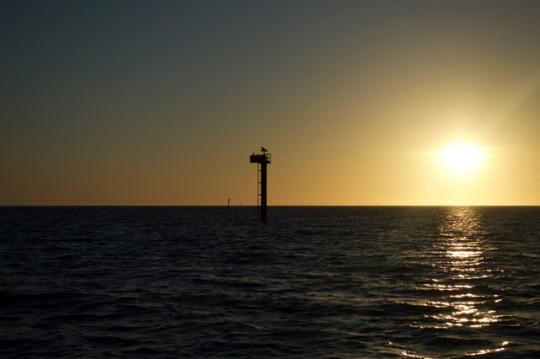
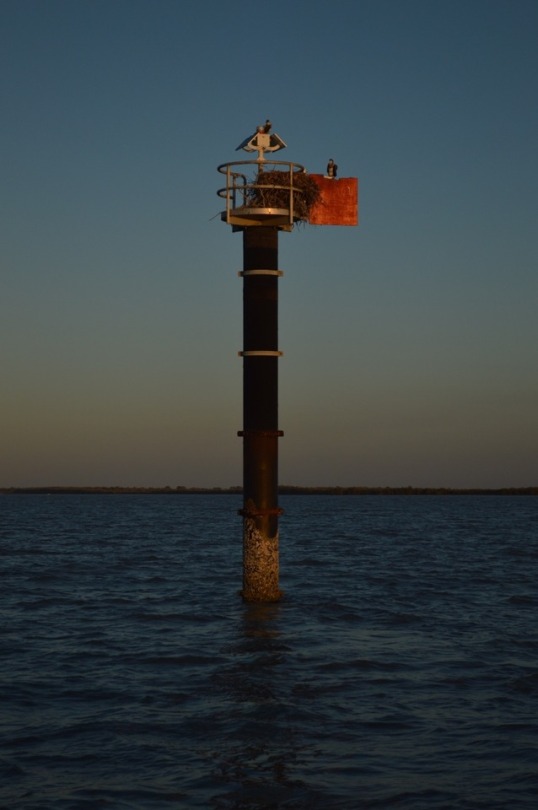
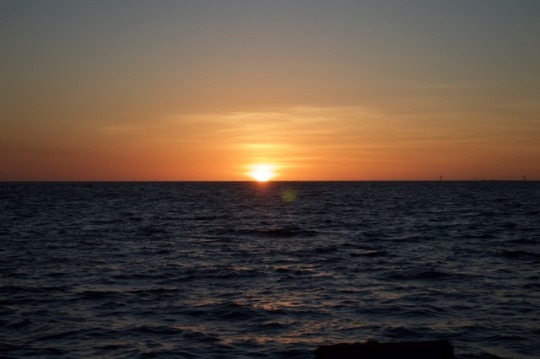
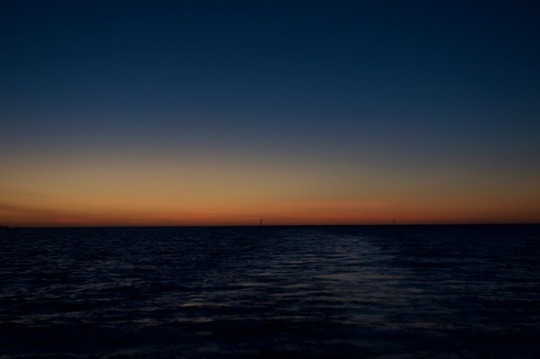
August 2017 - Karumba - Jabirus and a spectacular sunset over the Gulf
1 note
·
View note
Photo
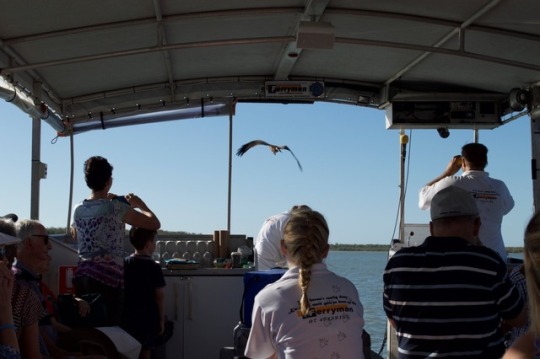

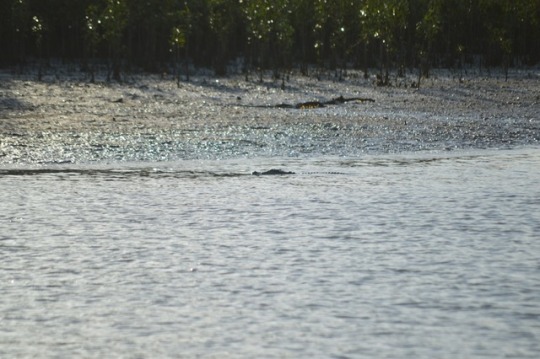



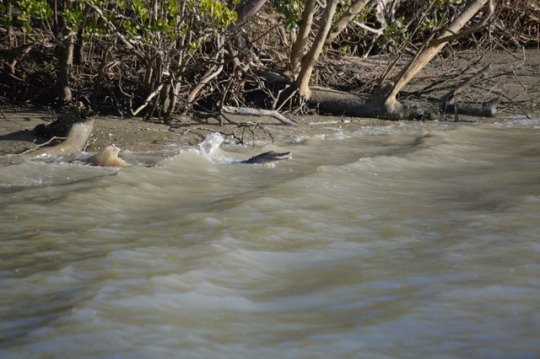
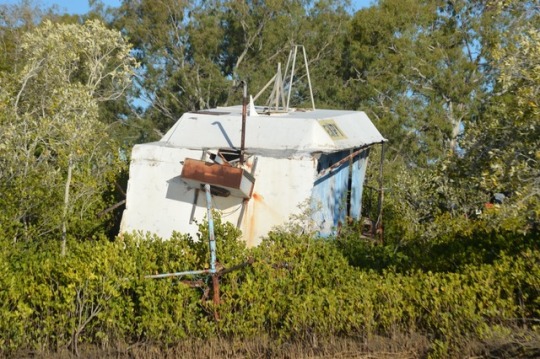
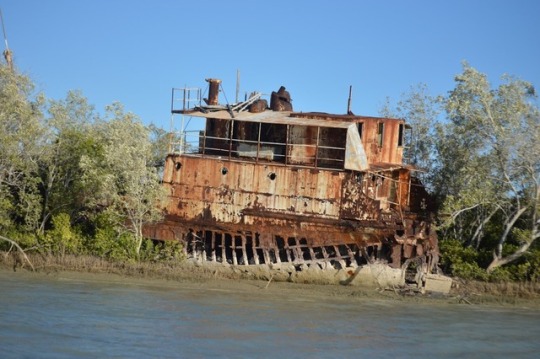

August 2017 - Karumba - Gulf of Carpentaria continued...
1 note
·
View note
Photo
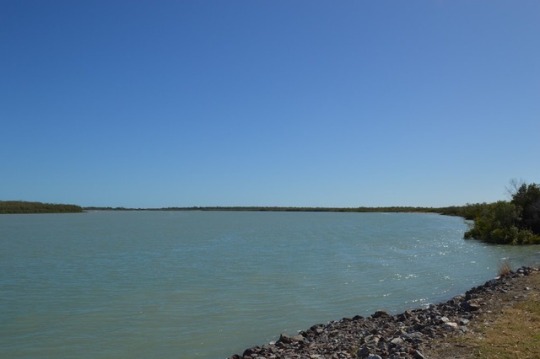
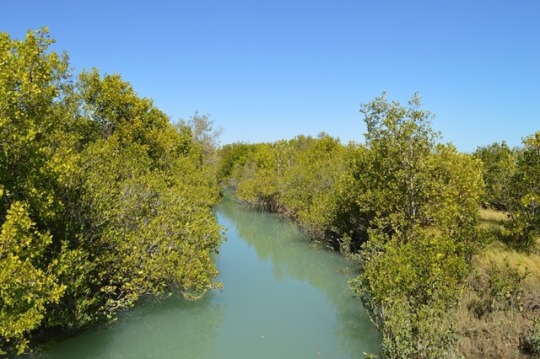
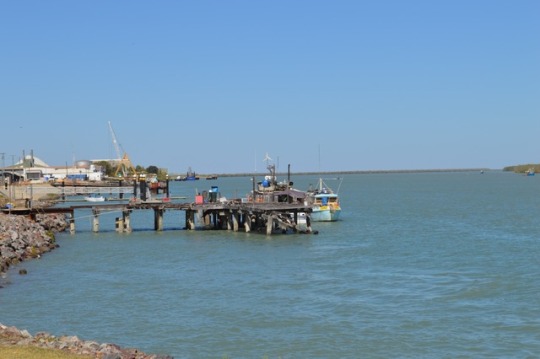
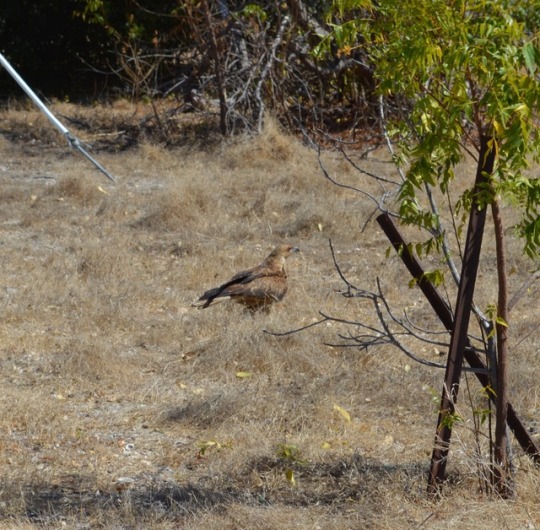

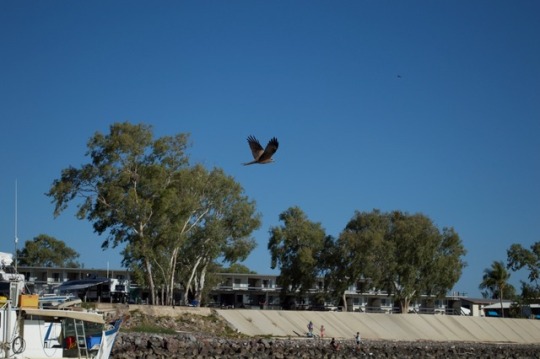
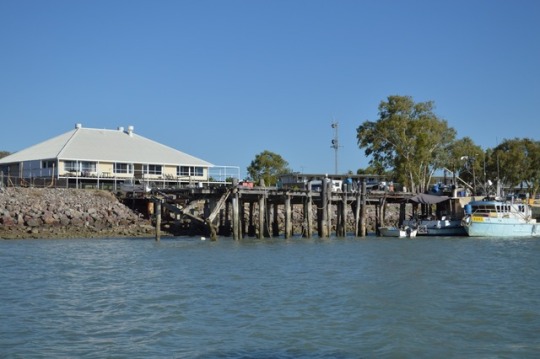

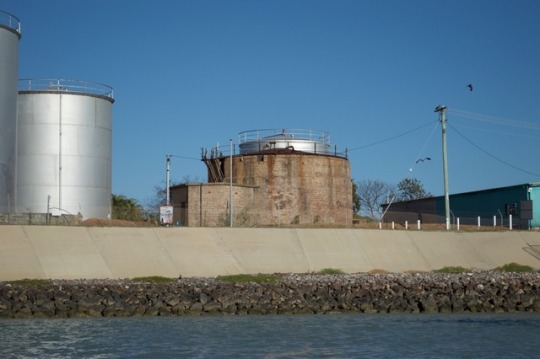
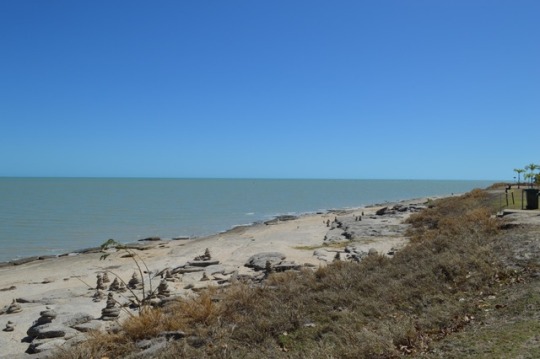
August 2017 - Karumba - It’s Rodeo weekend here in Mount Isa so we decided to get away from Rodeo flu and hit the road to Karumba up in Gulf Country. We spent the weekend relaxing and enjoyed a sunset cruise, where we were entertained by feeding birds of prey, jabirus and a few small salt water crocodiles.
1 note
·
View note
Photo
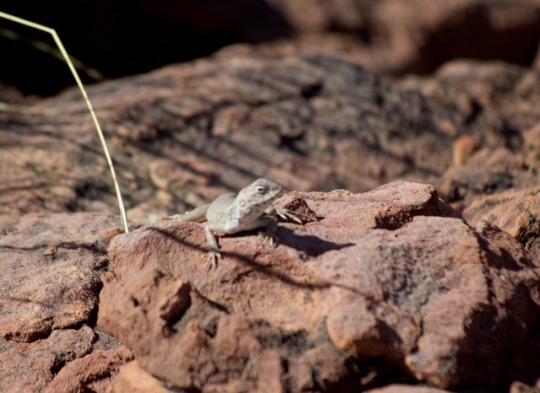

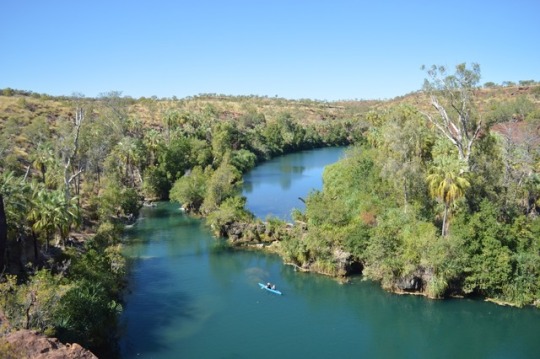
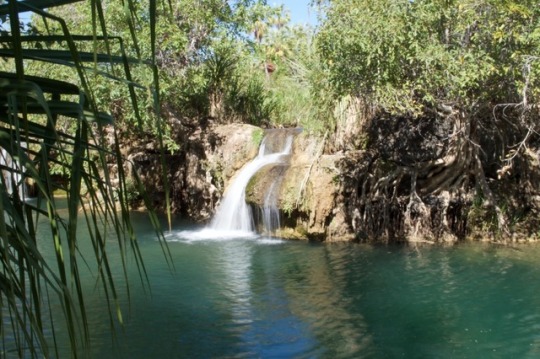
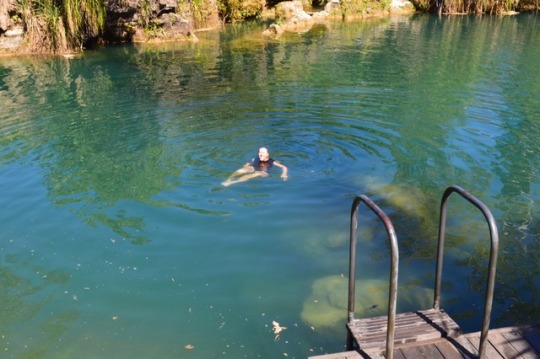




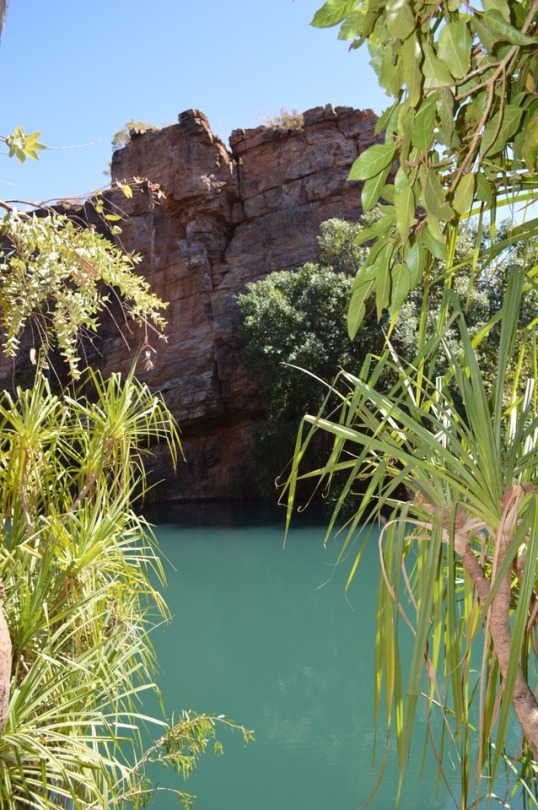
July 2017 - Boodjamulla - Lawn Hill continued ✌🏼💛☀️🌈
1 note
·
View note
Photo
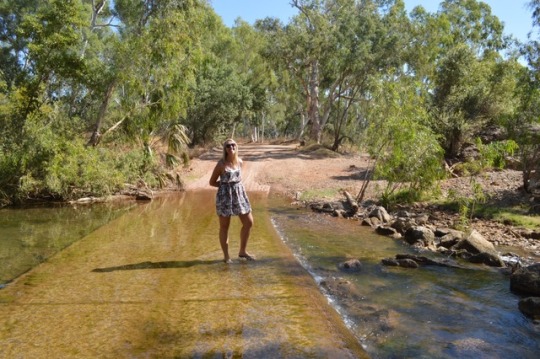



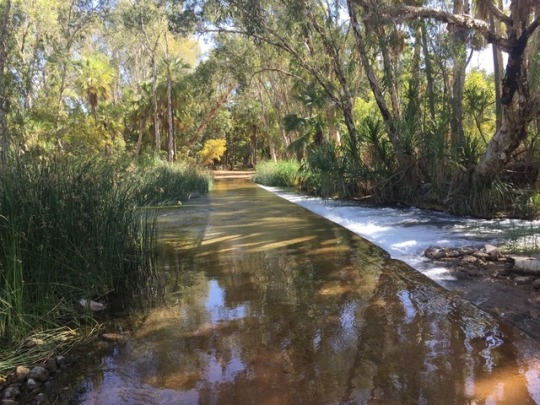

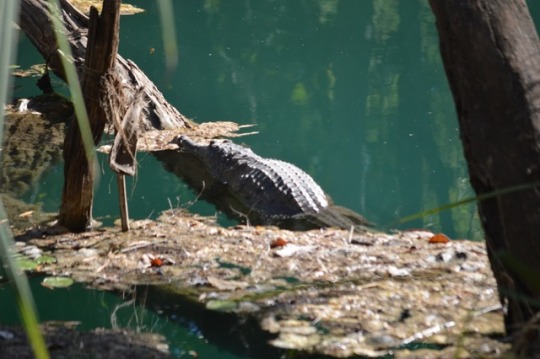

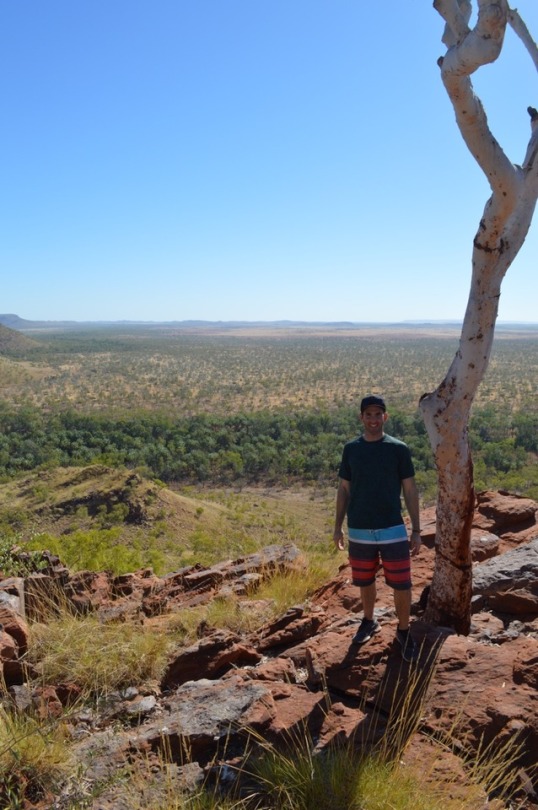
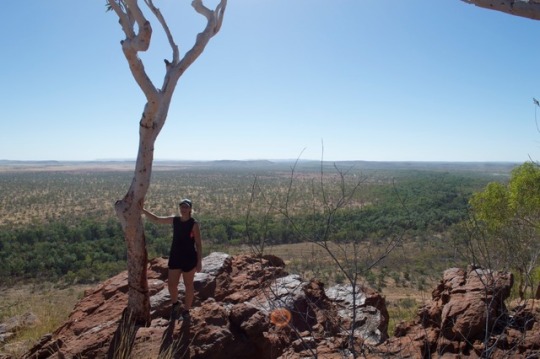
July 2017 - Boodjamulla - Lawn Hill continued
Driving to the National Park you cross the river in three places. It’s awesome, but we were slightly nervous crossing these in Cherry, then we spoke to a Grey Nomad that crossed the fast flowing water towing a large off road caravan…. they almost lost the van as it slide off the road... we had nothing to worry about…
Fresh water crocodiles inhabit the waters, but are harmless unless you make them cranky and the local walks are breathtaking and well worth the effort.
1 note
·
View note
Photo



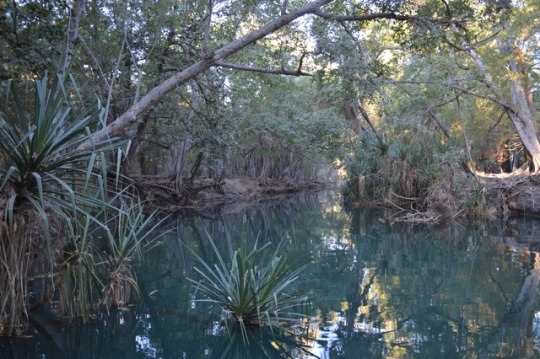

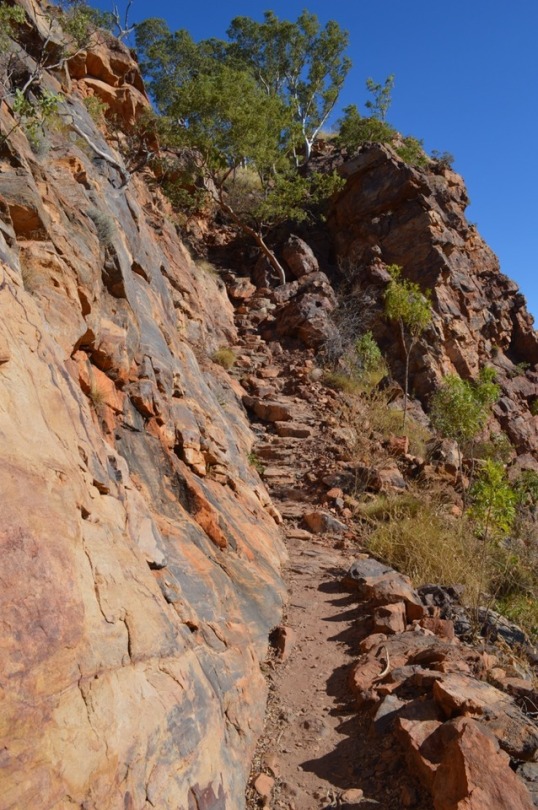

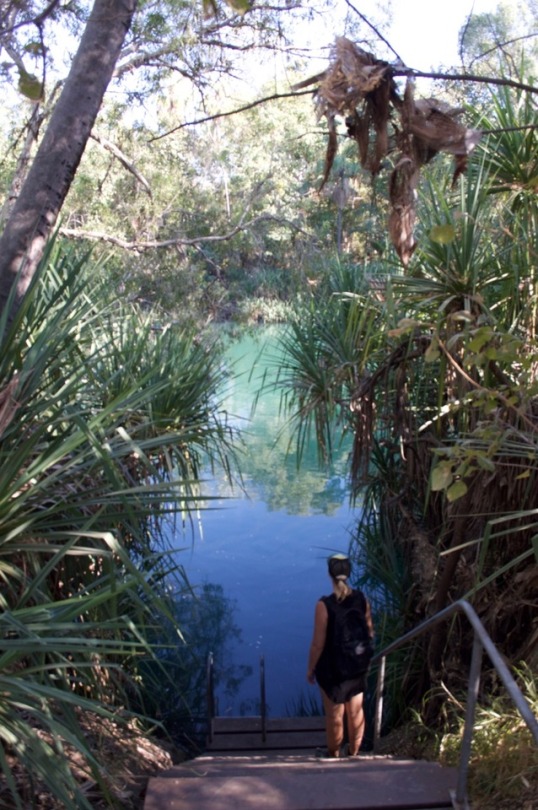
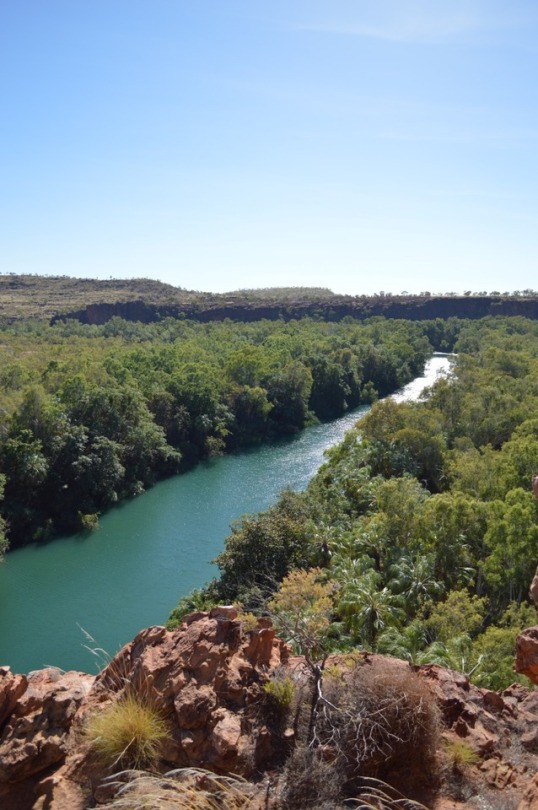

July 2017 - Boodjamulla - The visually stunning Lawn Hill National Park is incredibly geologically significant. Originally formed about 1560 million years ago in the Proterozoic era the gorge and range that we see today were sand and lime deposits in a shallow inland sea. Over time the water has continuously evolved the area, eroding the sandstone and limestone and depositing with it calcium carbonate or calcite to form a porous brittle rock known as tufa. The area is home to the Waanyi Indigenous people who believe the Boodjamulla or Rainbow Serpent created the gorge and permanent water spring and say that if you pollute or tamper with the water the Boodjamulla will leave and take the water. Painted rock rainbows are visible in the lower section of the gorge marking a sacred site. This truly is an oasis in the Outback.
1 note
·
View note
Photo

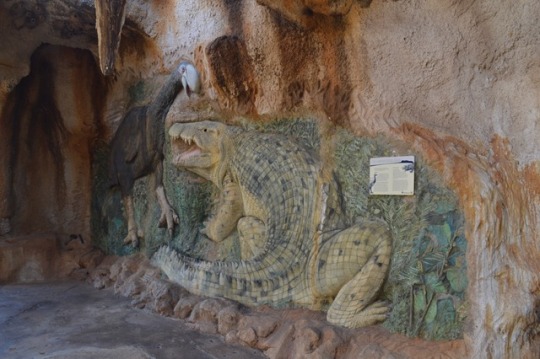
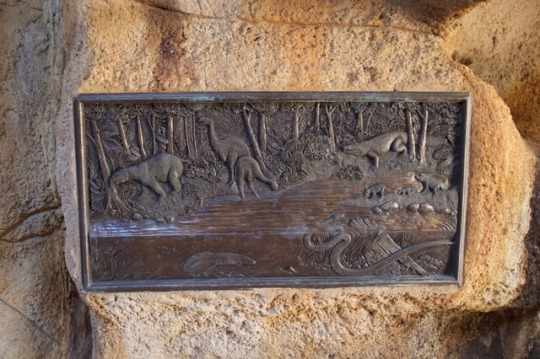



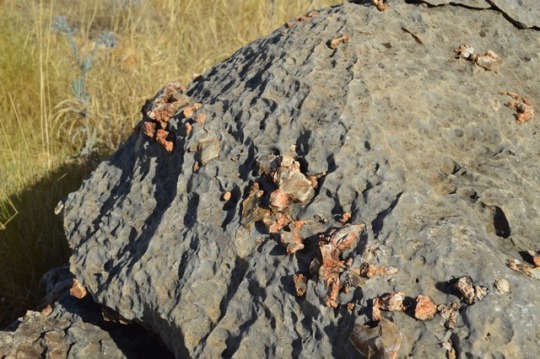

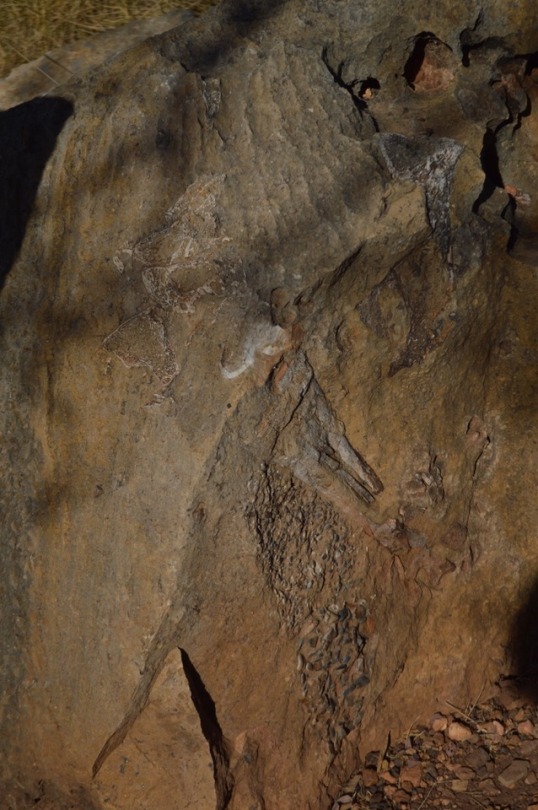
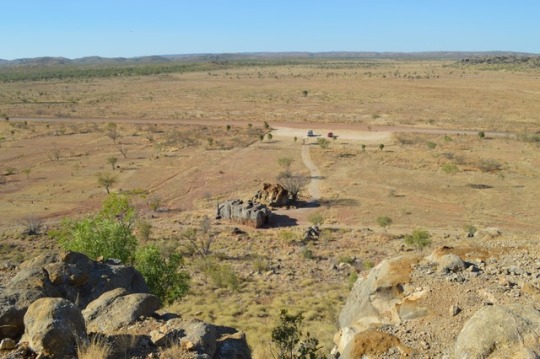
July 2017 - Riversleigh - Fossil Exploration ’D’ site of the World Heritage Area is located approx. 250kms North West of Mount Isa in Outback Queensland. Riversleigh contains fossils from 33.9 to 23 million years ago and species such as Barawertornis Tedfordi a cassowary sized flightless bird, Mekosuchus Sanderi a tree-climbing crocodile and Thylacinus Diksoni commonly known as the now extinct Tasmanian Tiger have been discovered in this region that was once a lush rainforest. The ancient animal bones remain so well preserved due to the lime sediment deposits found within the water and subsequent mud. The animal or plant is encased in the mud and fossilised making Riversleigh a very important site for Palaeontological research. David Attenborough has even visited the site calling it one of the four most important fossil deposits in the world.
1 note
·
View note
Photo

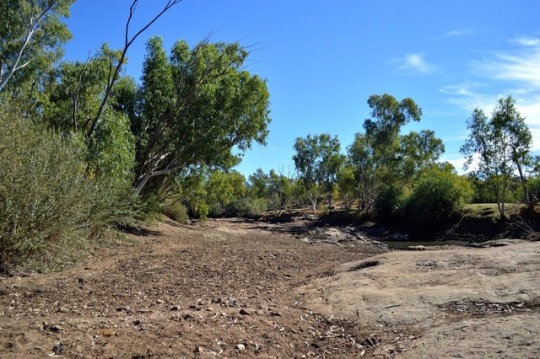
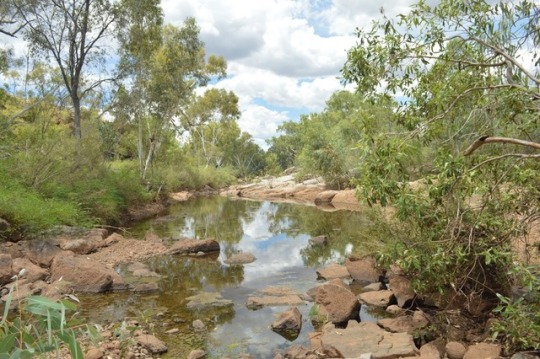
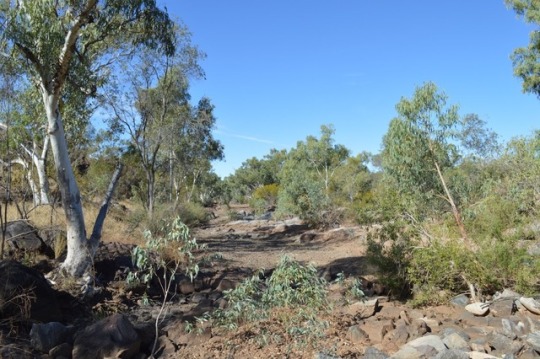


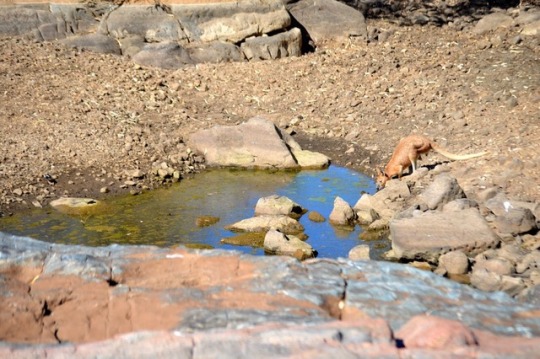
July 2017 - Dry vs Wet Seasons in Outback Queensland - We visited Rosebud Dam back in March 2017, when the river had water and the trees were lush. Although a few pools of water remain, the river bed is vastly sand and in stark contrast to what we saw only months early. But with these sparing water holes comes with it animals and insects. They bring life and are life. We were blessed to see a large red kangaroo and grateful to watch it drink before hopping away.
2 notes
·
View notes
Photo
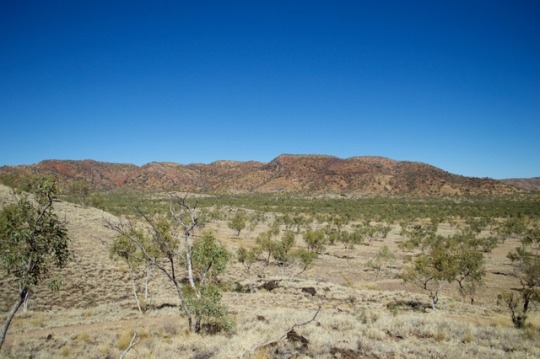
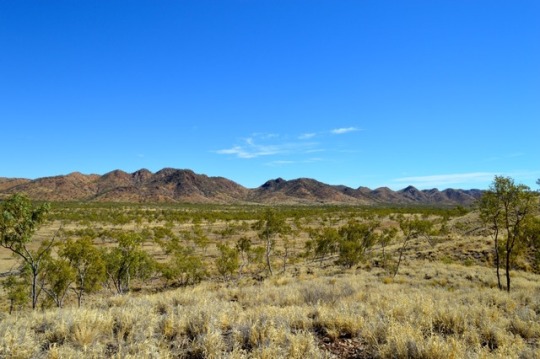
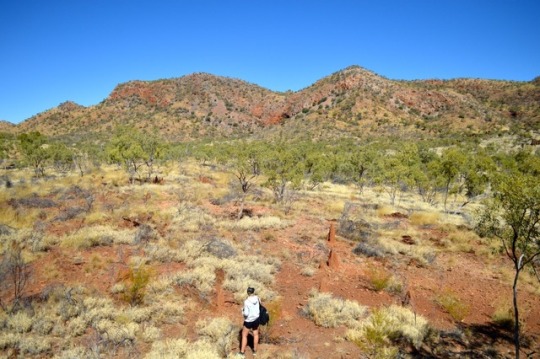


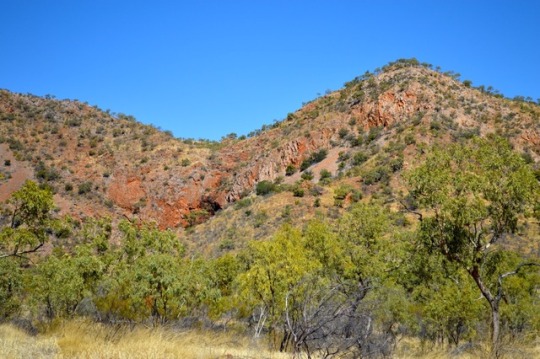

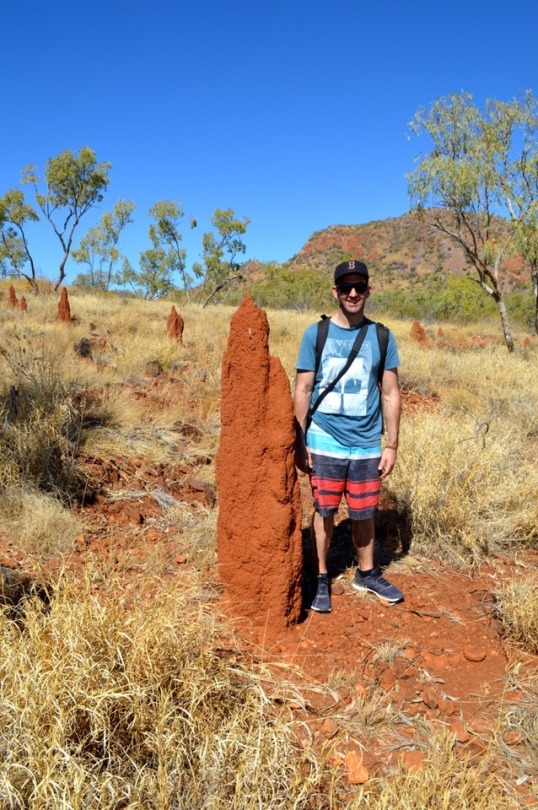
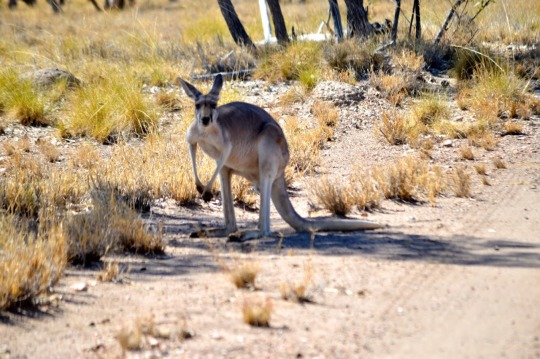

July 2017 - Cattle Creek Track - Opting for another walking adventure we left Cherry at the start of the track in the Fountain Springs region and headed west in search of Mystery Falls. Being the height of dry season we weren't expecting to find water cascades, but thought it would be worth a look anyhow. The track traverses spinifex country passing through Cattle Creek Valley and offers up spectacular views of the area. At approximately 3kms we took a detour off the track and made our own way through the arid landscape. After about 2kms weaving in and around dried grass, red dirt, ant hills, trees and undulations we ate lunch then decided to head back, as the vegetation was beginning to thicken. Thankfully Shovel was a gun using the GPS so we were able to follow our same path back to the track. Further along the track we met a grey kangaroo. We spent ages just looking at each other, it was a really lovely experience ending when eventually the kangaroo realised we wanted to walk in the direction it was standing, so it kindly hopped off to the side, letting us pass, then hopped back to its spot on the track under the shade of a tree. Nature is so amazing. 🙏🏼
2 notes
·
View notes